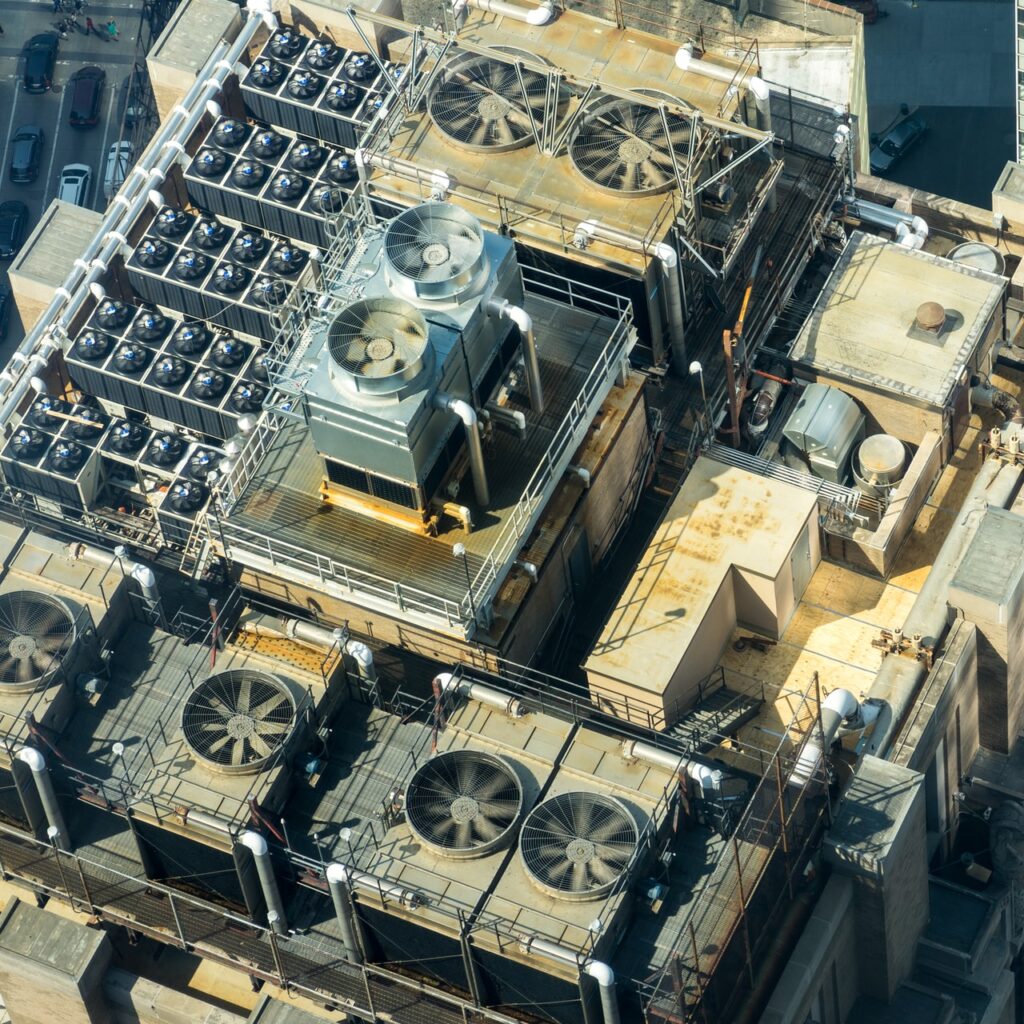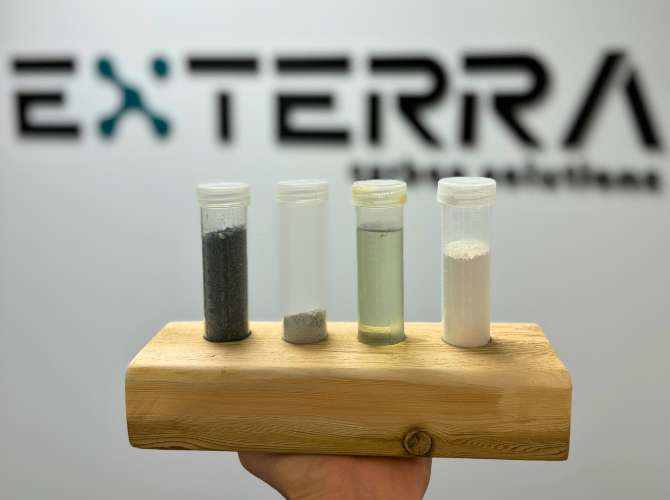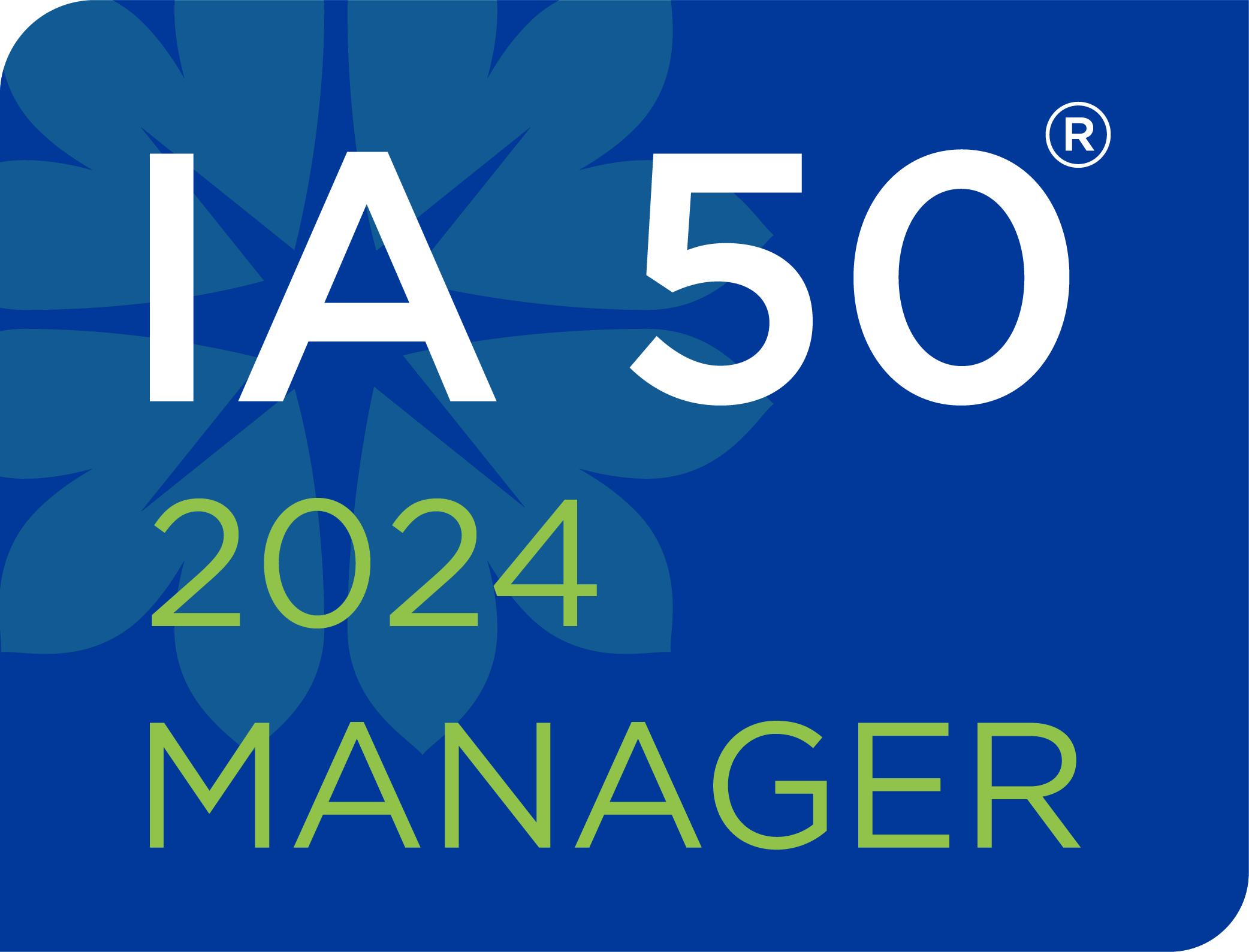For building efficiency, “good enough” is much more effective than “perfect.”
Decades of modeling and pricing show that even as technology gets better and cheaper, and commercial real estate contractors actually bid on green projects, completing that final 10 percent of building upgrades to get to true net-zero homes and buildings costs just as much as the whole first set of upgrades to reduce emissions by 90 percent.

That is to say: if your building could be blamed for 1,000 tons of CO2 emissions annually, reducing emissions to 100 tons annually (90 percent reduction) costs only half as much as getting to zero emissions. The last 10 percent is really expensive. Why isn’t everyone talking about getting to 90 percent reduction in emissions instead of true net-zero? I could have almost twice the benefit by not going to net-zero, and instead going to “net way-less.”
The challenge is that “90% reduction in emissions” does not fit on a t-shirt, and “net-zero” is t-shirt ready. If we want to have an impact on GHG emissions as quickly as possible (and we need to), our encouragements and actions should focus on technologies with higher carbon savings per dollar first.
Energy Efficiency vs. Residential Solar – What do you prefer?
Here’s another example: the “bang for the buck” of energy efficiency improvements on your home is about five times as large as that of rooftop solar. Homeowners should spend their money on energy efficiency first and solar second, yet they don’t. My friends at Posigen Solar have proven this: they offered low- and moderate-income homeowners energy efficiency audits and retrofits for FREE and had very little uptake, even where energy costs were a significant portion of household spending and competing with money for food and medicine. But, when they offered the same people rooftop solar (with a side of energy efficiency) the response was overwhelming. Why so much uptake for solar and so little for energy efficiency when energy efficiency was clearly in their best interest? Again, “solar homeowner” works much better on a bumper sticker than “I upgraded my insulation.”
An economist’s “rational actor” cannot address this issue. Even though the economics play out well for energy efficiency improvements, it’s just not motivating homeowners; we KNOW that the “correct” message, with all its caveats, causes sleep. Businesses and policymakers need to create messages that excite and get folks moving in the generally right direction. Policy and messaging need to be aligned. We need the excitement of “net-zero” and some flexibility about the pathway.
How can we develop strong policy that allows for strong messaging?
SOx and NOx trading are examples of good/successful policy that lacked strong messaging and got a bad rap. These trading schemes infuriated many environmentalists. Why were we allowing polluters to buy their way out of crimes against the Earth? Moral outrage notwithstanding, the costs of abatement dropped by more than a factor of ten from industry estimates in under a decade (SOx). The desire to just “outlaw it” was balanced by the huge benefits of flexibility in HOW to solve the problem without compromising on the goal.
We can learn from this. We should aim to set policy and messaging to create the conditions for innovation by real companies in real markets.
Here’s my guiding principles for setting strong policy targets with messaging that encourages swift adoption:
- Set an aggressive and meaningful target.
- Build political will to escalate any price mechanism to very high levels.
- Segment deadlines and mechanisms to a small number of big targets first (those are your bumper stickers) and expand to smaller and harder to measure targets later as the technology matures.
- Preserve freedom for how to meet the targets, including trading between hard-to-decarbonize and easy-to-decarbonize applications. This will pay for the learning needed to tackle the hard stuff.
- Assume that creative solutions exist that regulators cannot foresee, draft rules about outcomes NOT tools.
- Actively mitigate regulatory barriers built by incumbents to allow novel innovations to be introduced faster. Be cautious of the pretend safety concerns incumbents use to defend territory, but do not compromise on safety or any other moral imperatives.
- Don’t eat our young. We need to make compromises with any innovators who are significantly improving on the status quo.
- Recognize “lock-in.” A valid reason for environmentalists to fear/hate incremental steps is that they often serve to forestall finishing the job. We need to avoid the “gas is a bridge solution” trap if it creates market conditions where “full solutions: cannot get funded.”
One possible inference here is for us tree huggers to consider the GOOD role that gas-fired peakers serve to smooth renewable deployment on the way to 300 percent renewables (yes, 300%). They don’t need to run very often, and are paid for. This is different from the “gas is a transition fuel” policies of the 1990’s which helped kill coal—that phase is done.
More next time on how 100 percent renewable is not aggressive enough and 300 percent renewables plus some old gas turbines is a GREENER policy.
This is the second in a series of articles on net-zero goals. Read the first, How Net-Zero is Bad for Air Quality This Decade, by Lou Schick.
Photo by Sergei Akulich on Unsplash.




